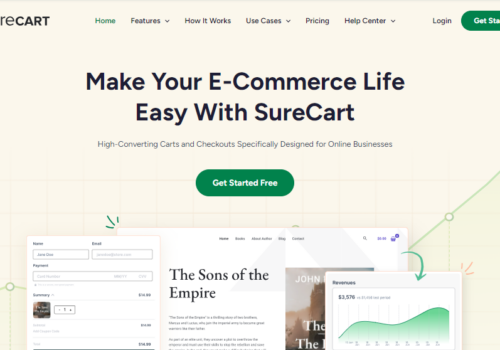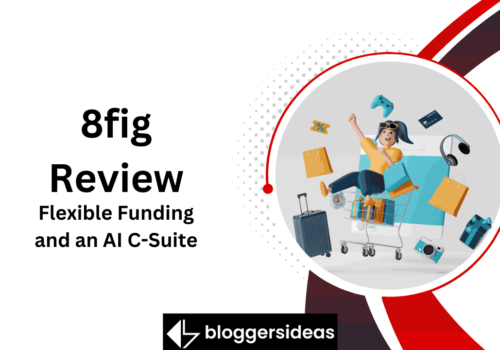Are you looking for a Comprehensive Guide on How to Start Selling Online in Europe?
Starting to sell online in Europe is easier than you might think. It’s a great way to reach customers across different countries without leaving your home.
Don’t worry, I got you covered. Let’s make your online selling journey straightforward and successful.
Credit – Pixabay
Selling online in Europe is an exciting journey!
You don’t need a lot of money to start. With a few clicks and some know-how, you can begin selling on Amazon in the European Union.
How To Start Selling Online In Europe 2024?
Step 1: Find An Accountant In The EU

Before you even start sourcing your goods in Asia or sending the stock to Amazon fulfillment centers in Europe, you need to find yourself an accountant or accounting service provider capable of settling your VAT tax obligations in the European Union.
If you plan to sell only in a single country, e.g., Germany, a local accountant will be able to handle your taxes.
Still, if you plan to use Amazon FBA warehouses in several countries or even the Pan-EU FBA program, you definitely need more than that.
Several accounting service providers work with Amazon sellers in the EU and can handle your monthly VAT settlements in all the countries where you will fulfill your B2C orders.
All of them provide a highly automated service, and it won’t require you to spend much time on taxes – all your transactions will be downloaded automatically from Amazon, settled, and will require you to simply pay your VAT due to the indicated bank accounts of the local tax offices.
Step 2: Register Your US / UK Business For VAT In Europe
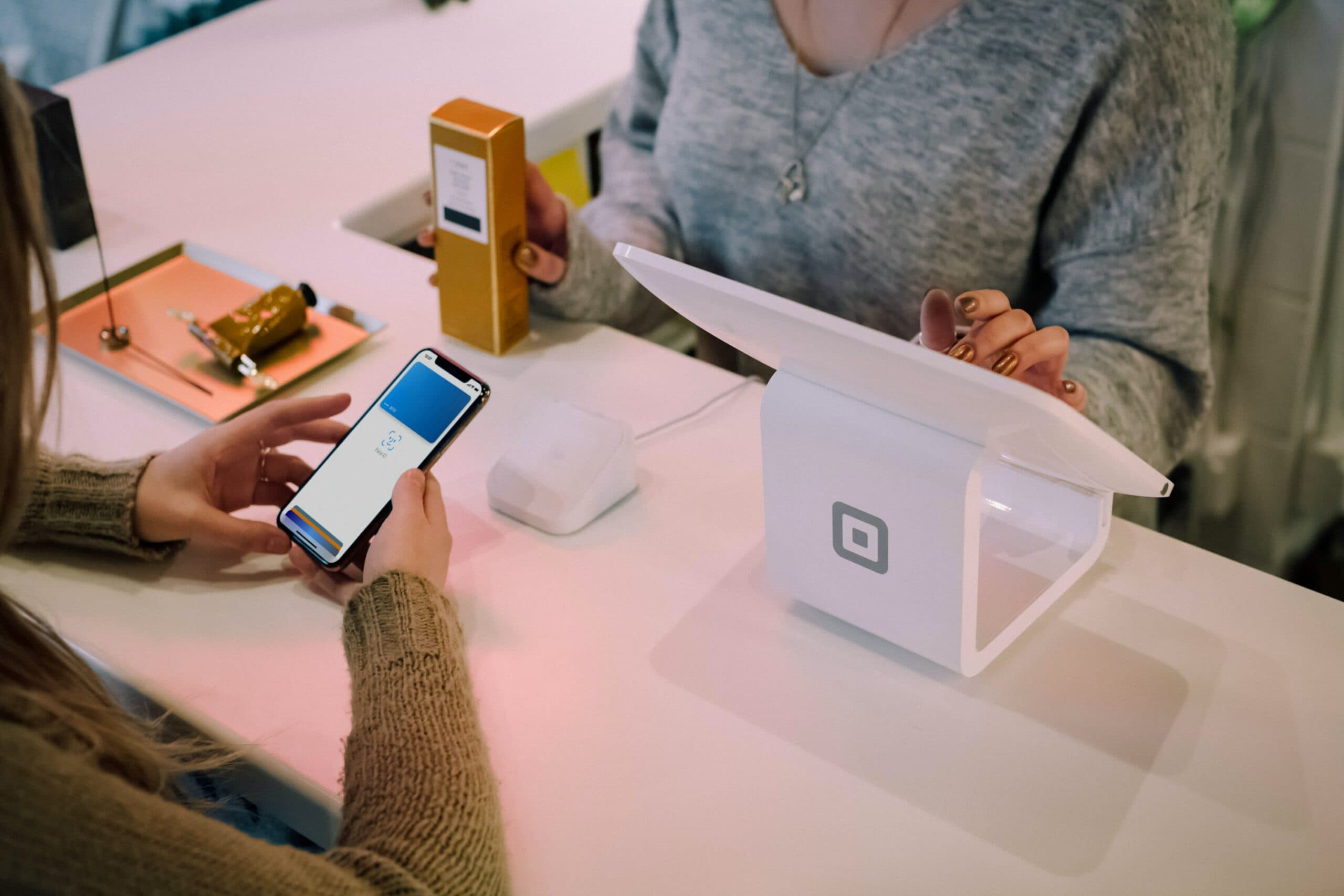
You need to obtain a VAT registration for your business in order to successfully import into the European Union, keep your stock in Amazon warehouses, and start selling online.
If you plan to use Pan-EU FBA, which in general allows you to lower the shipping costs of your orders to your clients, you will have to register your US/UK business for VAT in 7 EU countries (as of January 2023).
It will take between a few weeks and a few months in each country to obtain a VAT number.
Amazon partners with some accounting service providers who can register your business for VAT in the EU. Amazon promotions will allow you to get VAT numbers for free.
Step 3: Register Your US / UK Business For EORI EU
Even if you have already been selling online in the EU before Brexit (the United Kingdom leaving the European Union on 31 January 2020), and you most probably have your EORI UK registration, it is no longer valid in the EU.
You need to register your US/UK business for EORI EU in one of the EU countries in order to clear customs on your imports into the EU.
In some EU countries, it may take around a month to get an EORI number; others will issue your EORI EU number in 3-5 business days.
You can only have a single EORI EU registration in any EU country, and it will be valid in all the other EU countries, e.g., you will use your EORI FR number for customs clearance in Germany, Spain, etc.
Step 4: Make Sure Your Freight Forwarder Has Experience In Shipping To The EU
Not all EU countries are equal when it comes to customs clearance. In some, it will be hard for you, as a foreign business without a physical presence in the EU, to clear the customs on your imports.
The customs office will require you to set up an Importer of Record or Fiscal tax representative, which will always cost you extra and cause delays in processing the customs clearance.
Based on FLEX. Experience, we suggest you import into the EU via Poland or Germany.
There are several details to take into consideration, so please contact FLEX. Logistics in advance to talk about the pros and cons of each available option.
Step 5: Check If Your Goods Comply With The EU Requirements
The European Union is known for its consumer rights and the thousands of requirements a product must comply with to be legally available for sale in the EU.
When it comes to products, it’s important to ensure that they are labeled correctly.
This means checking that they are made of materials listed on the product label or tag, that they have the necessary certificates and test results, and that they have labels in all the local languages of the countries and marketplaces where they will be sold.
Step 6: Get Your EPR Registration
Extended Producer Responsibility (EPR) is an environmental policy that holds the producer responsible for mitigating the environmental impacts of their product throughout its life cycle.
This includes waste collection, treatment, and customer take-back from the design stage to the end of its life.
Suppose you plan to sell in Germany or France. In that case, you need to register your business for the Extended Producer Responsibility (EPR) number starting December 15, 2021, for packaging in Germany and from 2022 for WEEE (Waste from Electrical and Electronic Equipment) in Germany and all EPR product categories in France.
Amazon partners with several service providers who can register your business for EPR and make sure you comply with the requirements on an ongoing basis.
Step 7: Work With An Experienced Customs Agent
You should work with a customs agent before placing your orders with Chinese suppliers. FLEX.
Logistics has partnered with experienced customs agents in Poland and Germany, who are always looking for effective solutions when processing customs clearance on your containers, pallets, or boxes.
The import documents should be checked in advance to avoid delays in customs clearance or the goods being rejected by the customs due to a lack of required certificates, declarations, test results, or improper commercial invoices.
Once the customs is done, the goods are transported to FLEX.
Warehouses for storage and forwarding to Amazon fulfillment centers in Germany, Poland, France, Italy, Spain, the Netherlands, the Czech Republic, or Sweden.
Step 8: For FBA Prep in Europe, Partner With a Local 3PL to Store & Forward to Amazon Fulfillment Centers
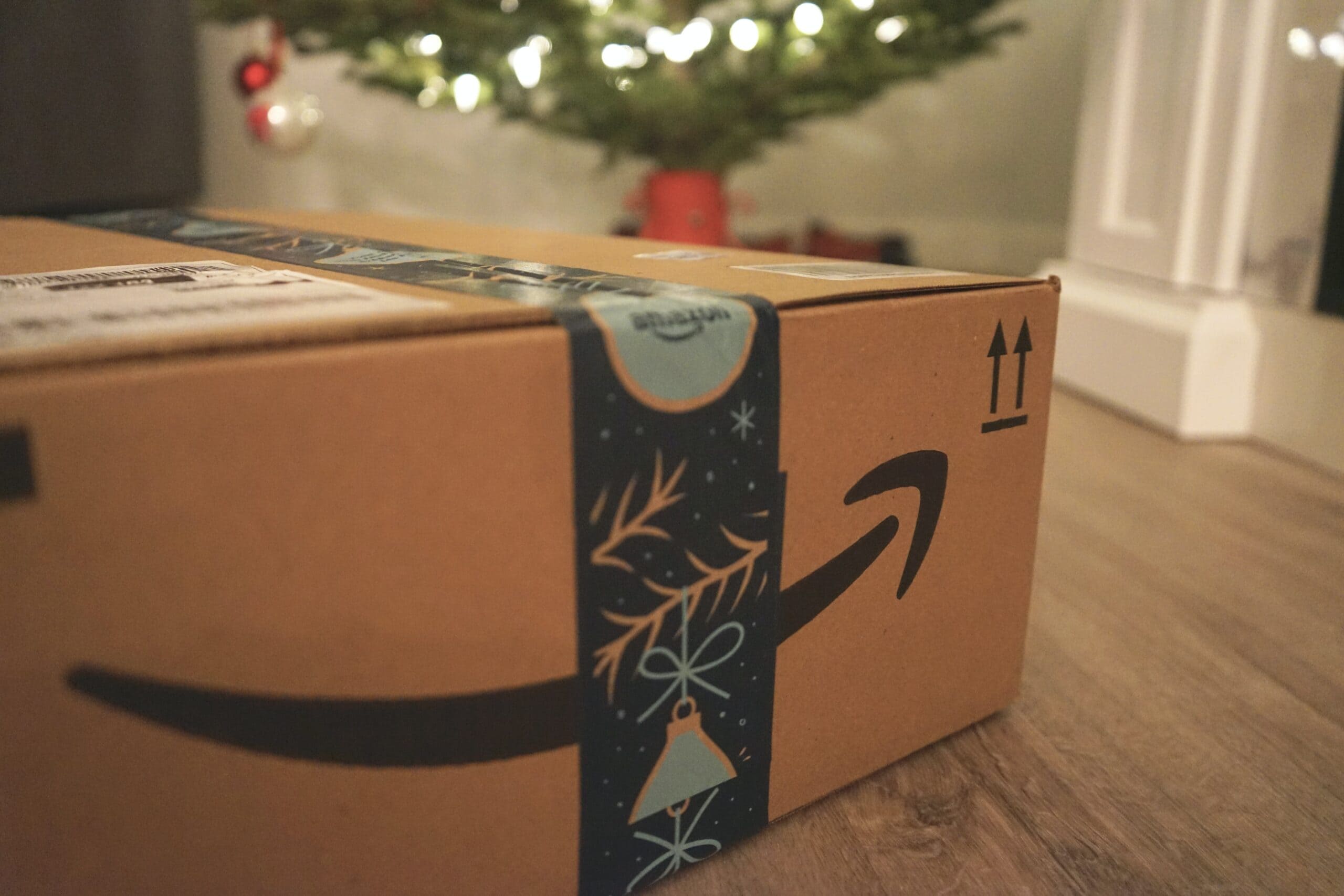
Once you have all the paperwork in place, you can start importing your goods into the EU.
In order to avoid Amazon FBA logistics nightmare, we suggest you work with a 3rd-party logistics warehouse for your pre-Amazon storage, FBA prep, forwarding to Amazon fulfillment centers, and Amazon removal orders.
FLEX. Logistics can help you optimize the workflow of your cargo to Amazon fulfillment centers in Europe and offers pre-Amazon storage solutions, which are, on average, 3-4 times less costly compared to keeping all your stock with Amazon.
Not to mention FLEX. Takes care of forwarding your Amazon shipping orders to FBA and handles your Amazon returns and removal orders.
In case you need to relabel your products with new FNSKU labels, use FLEX.
Logistics can also receive your Amazon returns and removal orders, provide test & check, relabeling, re-boxing, and ship them back to FBA, or simply palletize them and send them back to your place anywhere in the world.
Make sure you contact FLEX. Logistics for a quote on storage and forwarding to Amazon in Europe!
Logistics is an e-commerce 3PL in Europe with warehouses in Poland and Germany. It specializes in processing shipments to Amazon FBA, including pre-Amazon storage and FBA prep, and forwarding them to Amazon fulfillment centers in Germany, Poland, France, Italy, Spain, the Czech Republic, and the United Kingdom.
Customs clearance and processing removal orders are available.
Provides a comprehensive logistic solution for businesses that sell online on Amazon, Cdiscount, eBay, Otto, Bol (and several other e-commerce marketplaces) in the EU or plan to enter the third e-commerce market in the world.
Partners with contractors (trucking companies, customs agents, courier companies, etc.) who deliver solutions rather than
This causes problems and delays in delivering your cargo to Amazon fulfillment centers in the EU.
FLEX is also a go-to provider when it comes to cross-border B2C/B2B fulfillment services in the European Union.
Tips for Beginners When Starting to Sell Online In Europe:
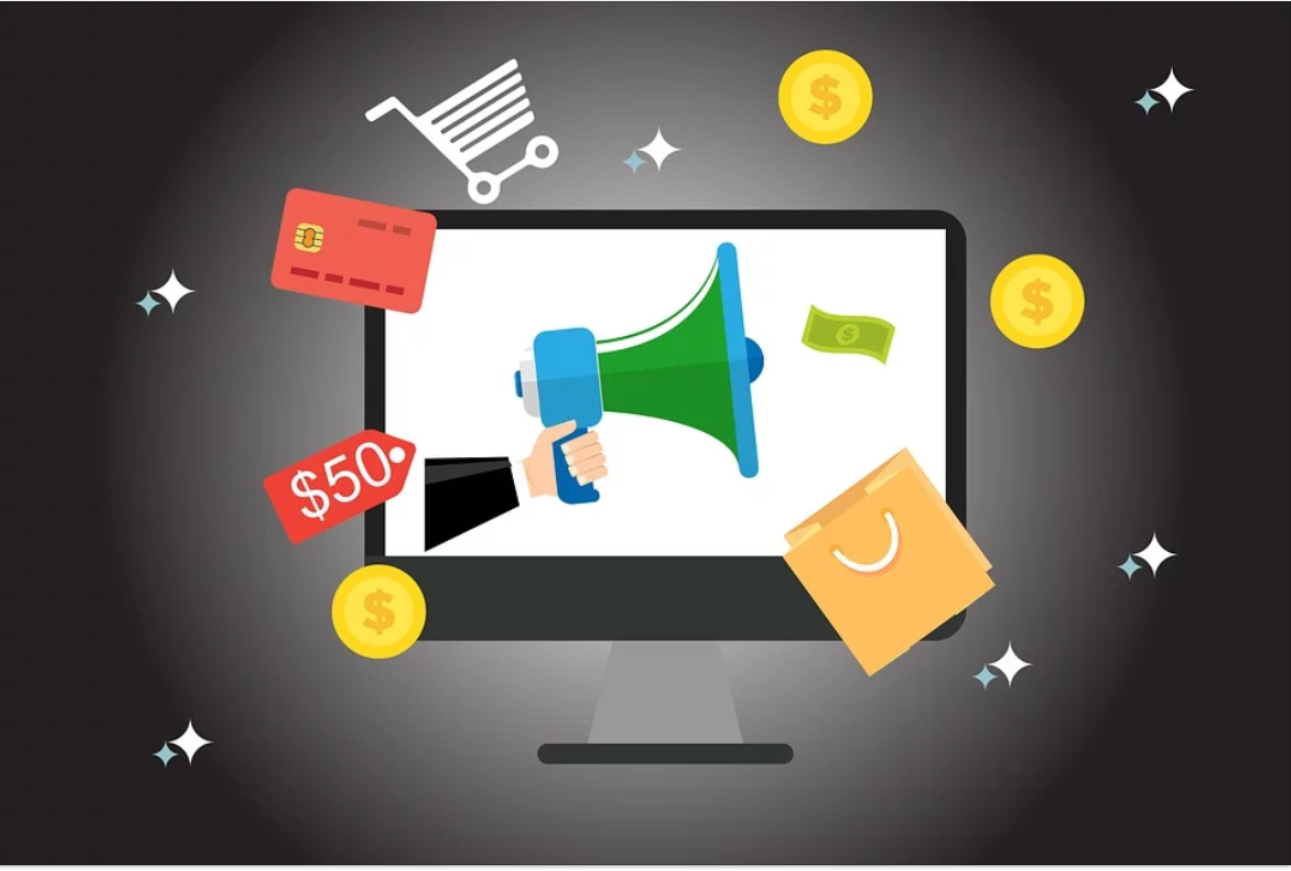
1. Start with Market Research:
Before diving in, understand the European market you’re targeting. Research consumer preferences, popular products, and the competitive landscape in your niche.
Tools like Google Trends and Euro Monitor can provide valuable insights.
2. Understand Legal Requirements:
Familiarize yourself with EU regulations on e-commerce, including consumer protection laws, GDPR for data privacy, and VAT implications.
It’s crucial to comply with these from the outset to avoid legal issues.
3. Localize Your Offering:
Tailor your website and product offerings to suit the local culture, language, and preferences.
This might mean translating your website into several languages and adapting your marketing strategies to suit different cultural nuances.
4. Optimize for Mobile:
With a high rate of mobile usage in Europe, ensure your website is mobile-friendly. This includes having a responsive design, fast loading times, and an easy-to-use interface.
5. Choose the Right E-commerce Platform:
Select an e-commerce platform that suits your business model and budget. Popular options like Shopify, WooCommerce, and Magento offer different features and integrations that can be beneficial for your store.
6. Set Up Efficient Payment and Shipping Options:
Offer multiple payment methods that are popular in your target European countries. Also, establish reliable and cost-effective shipping options.
Consider offering free shipping thresholds to increase average order values.
7. Invest in Digital Marketing and SEO:
Utilize digital marketing strategies like SEO, social media marketing, and email marketing to attract and retain customers.
Pay special attention to SEO practices to rank well on European search engines.
8. Excellent Customer Service:
Provide outstanding customer service, including quick response times, clear return policies, and multilingual support if possible. Happy customers are more likely to return and recommend your business.
9. Gather and Act on Feedback:
Collect customer feedback regularly and use it to improve your product offerings and services. This can be done through surveys, reviews, or direct customer interactions.
10. Stay Informed and Adapt:
The digital landscape changes rapidly.
Stay informed about the latest e-commerce trends, consumer behaviors, and technological advancements in Europe to keep your business relevant and competitive.
FAQs
🧐 Do I need to register my online business in Europe?
Yes, you typically need to register your business in the country where you are based. This process varies by country, so consult local regulations or seek legal advice. Remember, if your turnover exceeds certain thresholds, you might also need to register for VAT in the countries where your customers are located.
🚀 What should I know about payment methods in Europe?
Europe has diverse payment preferences. Credit cards, PayPal, and bank transfers are common, but preferences can vary by country. Research popular payment methods in your target markets and integrate them into your e-commerce platform.
👉 Can I use social media to promote my online store in Europe?
Absolutely. Social media is a powerful tool for reaching and engaging with customers. Tailor your content to your audience, use local languages where possible, and leverage different platforms popular in your target market.
🤷♂️ How can I ensure customer satisfaction in my European online store?
Offer high-quality products, provide excellent customer service, ensure a seamless shopping experience, and handle returns and complaints efficiently. Collecting and acting on customer feedback can also help improve your service.
👀 How can I optimize my online store for search engines in Europe?
Implement SEO best practices by using relevant keywords, optimizing product descriptions, and ensuring your website has a user-friendly and mobile-responsive design. Also, consider local SEO strategies to target specific European markets.
Quick Links:
- Best Dropshipping Suppliers in Europe
- Is Dropshipping Easy for Beginners?
- How to Find More Clients for Your New Online Business?
- Easy To Launch Online Business Ideas (Work From Anywhere)
Conclusion: How To Start Selling Online In Europe?
Starting to sell online in Europe involves a strategic approach that includes comprehensive market research, adherence to diverse legal and tax regulations, and effective localization to cater to varied cultural and linguistic needs.
It’s essential to choose the right e-commerce platform, optimize for mobile and SEO, provide various payment and shipping options, and maintain high standards of customer service.
Success in Europe’s competitive e-commerce landscape depends on flexibility, market understanding, and a strong digital presence.



